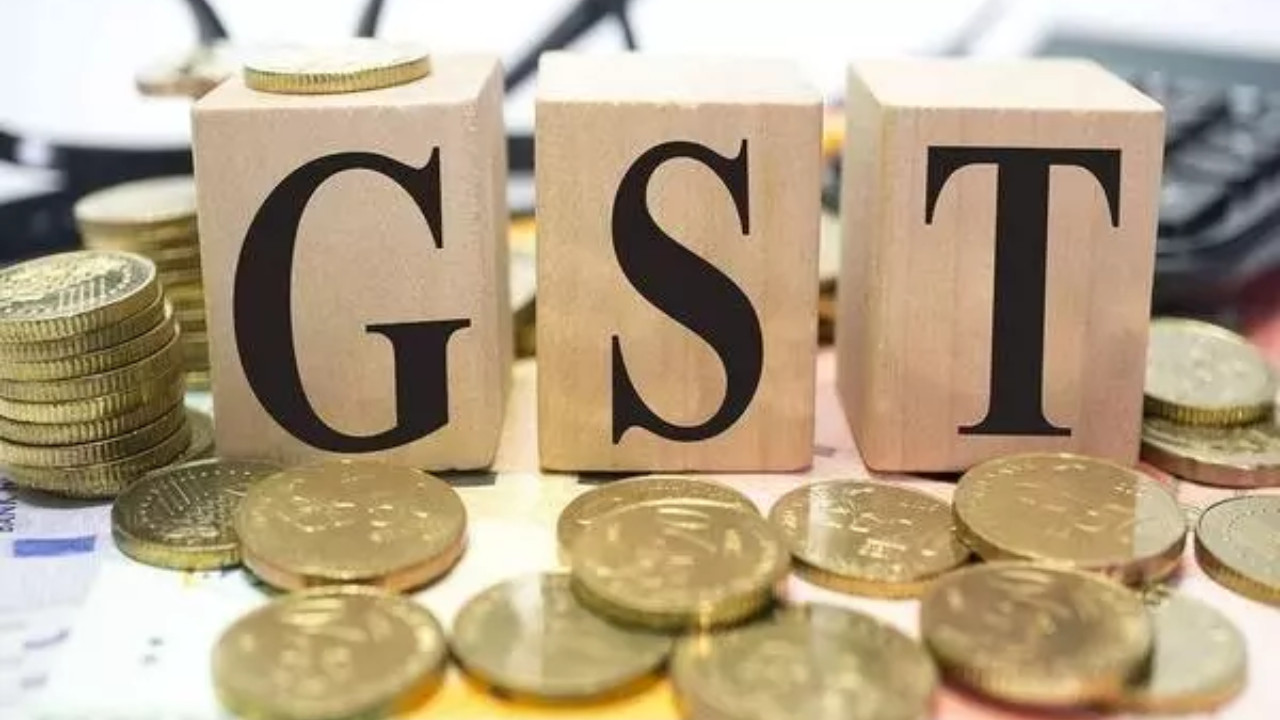The Global Trade Research Initiative (GTRI) has lauded the reinstatement of the RoDTEP scheme, emphasizing the need for a consistent five-year implementation to boost India’s export competitiveness. GTRI voiced concerns over inconsistent policy handling, despite the scheme’s WTO compliance.
Can India’s Export Engine Get a Turbo Boost with a Stable RODTEP?
Let’s face it, global trade can feel like a constantly shifting landscape. One minute you’re riding a wave of demand, the next you’re navigating a minefield of tariffs and regulations. For Indian exporters, keeping their competitive edge requires navigating this complex terrain with skill and a little bit of help. And that “help” often comes in the form of supportive government policies.
Enter RODTEP, or the Remission of Duties and Taxes on Exported Products scheme. This initiative is designed to level the playing field for Indian exporters by reimbursing the taxes, duties, and levies that aren’t already refunded under existing mechanisms. Think of it like this: when you’re selling something abroad, you shouldn’t be paying Indian taxes on the components that went into it, right? RODTEP aims to correct this, making Indian goods more price-competitive in the international market.
Now, the Global Trade Research Initiative (GTRI), a well-respected think tank focused on trade policy, has thrown its weight behind making the RODTEP scheme not just implemented, but also stable. And their reasoning? It’s compelling. They’re essentially saying that constantly tinkering with the rules of the game creates uncertainty, and uncertainty is the enemy of investment and long-term planning. You can’t expect businesses to invest heavily in expanding their export capacity if they don’t know what kind of support they can realistically expect in the years to come.
Think about it from an exporter’s perspective. You’re considering a significant capital investment to scale up production for the European market. You need to factor in labor costs, raw materials, shipping, and, crucially, the expected benefits from the RODTEP scheme. But if the RODTEP rates are subject to frequent changes, your financial projections become significantly less reliable. You’re essentially gambling with your company’s future.
GTRI’s argument is that a stable, five-year RODTEP policy would provide the predictability exporters need to confidently invest in their businesses, expand their production capacity, and aggressively pursue new markets. It’s like giving them a clear roadmap instead of a constantly changing set of directions.
Beyond just stability, GTRI is also advocating for a broader scope for the RODTEP scheme. They argue that certain sectors, particularly those with high embedded taxes and duties, could benefit immensely from inclusion. Expanding the scheme’s reach could potentially unlock significant export potential in these areas, driving overall economic growth.
Of course, implementing a scheme like RODTEP effectively isn’t without its challenges. There’s the potential for misuse, the need for robust monitoring and verification mechanisms, and the constant balancing act of ensuring fairness across different sectors. Critics might argue that the scheme is a form of subsidy, potentially inviting scrutiny from international trade bodies.
However, the potential benefits of a well-designed and consistently applied RODTEP scheme are undeniable. A predictable and supportive policy environment can be a powerful catalyst for export growth, job creation, and overall economic prosperity.
Furthermore, in a world where protectionism is on the rise and global trade tensions are simmering, having a stable and reliable export support system can be a crucial advantage for Indian businesses. It’s about giving them the tools they need to compete effectively in the global arena.
So, what does all this mean in the grand scheme of things? It suggests that while India has made significant strides in boosting its exports, there’s still room for improvement. A stable and well-defined RODTEP scheme could be a game-changer, unlocking the untapped potential of Indian exporters and propelling them to new heights. It’s not just about providing financial assistance; it’s about creating a conducive environment for long-term growth and competitiveness.
The ball is now in the court of policymakers. Will they heed the call for stability and embrace a long-term vision for RODTEP? The answer to that question could have a significant impact on the future of Indian exports. We’re all hoping for a resounding “yes”. The future of India’s export success might just depend on it.
📬 Stay informed — follow us for more insightful updates!







